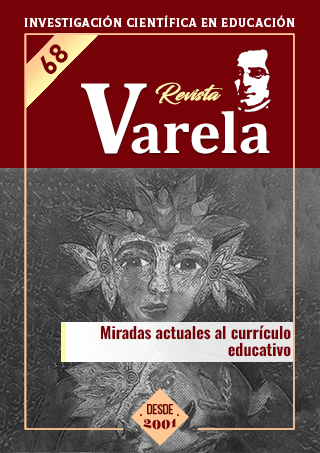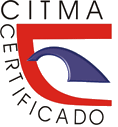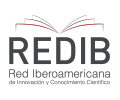Educational Innovation: The Montessori Sensory Wall in the Bilingual Intercultural Education Curriculum
DOI:
https://doi.org/10.5281/zenodo.11089841Keywords:
Initial Education, Learning guides, Sensory wall, Teaching resources, SensesAbstract
The research was carried out in the Bilingual Intercultural Educational Unit "Huayna Capac" Located in Apatug Alto, 19 EIFC infants (3 to 6 years old) participated. Difficulties in learning were identified such as: identifying colors, textures, sounds, among others. It was also evidenced that the teacher partially uses the didactic resources and does not take advantage of the environment, leaving aside cultural relevance. As a proposal, a Montessorian sensory wall with cultural relevance was developed, which is accompanied by a guide of activities. The theoretical framework allows to know this problem nationally and internationally. The research had a scientific, ethical and responsible rigor, it was considered a sociocritical paradigm, with a qualitative approach, participant observation was used with the records of experiences and the interview with the question guide in order to record the information. In conclusion, three didactic guides were applied, the sensory wall was used appropriately, the students interacted efficiently with this resource, the teacher identified the strength of this proposal and how she can apply it in the future.
Downloads
Published
Issue
Section
License
Copyright (c) 2024 Varela Journal

This work is licensed under a Creative Commons Attribution-NonCommercial 4.0 International License.
















